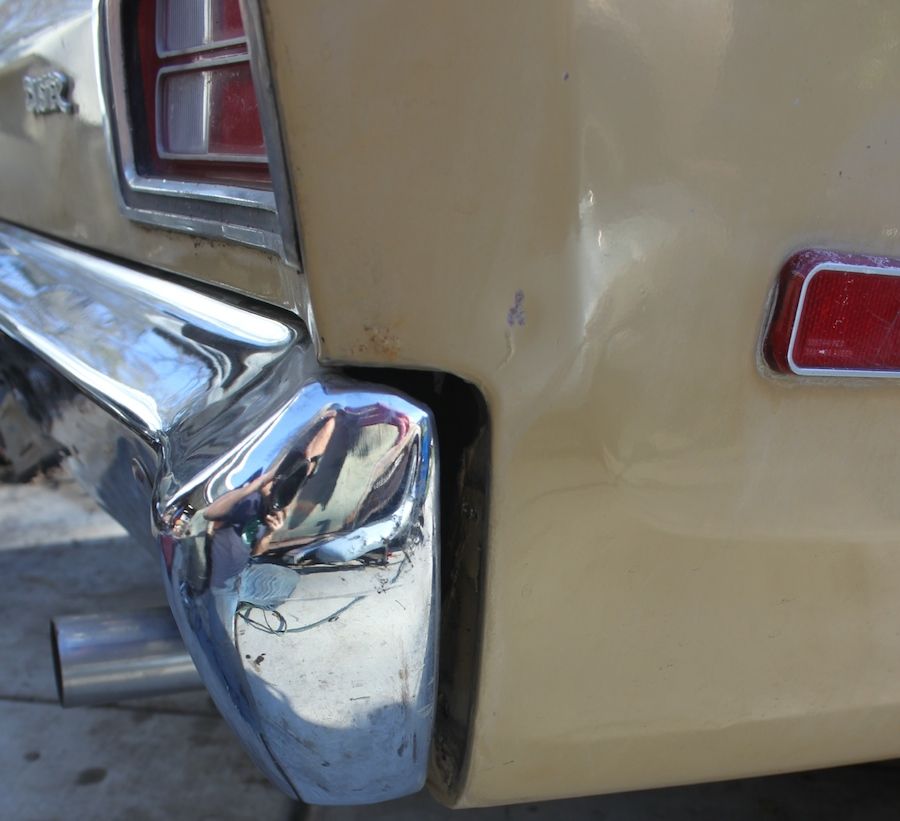I have seen some talk about moving the rear bumper in towards the body on a 74 to eliminate the need for the grey rubber strip.
I drilled out the impact absorbers straight through, and was surprised that only a few drops of oil came out of each one. I cant push them in by hand, but I can now rotate them which was not possible prior to drilling the holes.
My plan is to use a large C-clamp from the outer plate to the rear angle where it connects to the frame to compress the absorbers.
I was thinking of driving a sheetmetal screw through the hole into the inner cylinder and test fitment of the bumper, then weld the inner sleeve to the casing when I know they are in the right place.
Good plan? Anyone have a better one?
I drilled out the impact absorbers straight through, and was surprised that only a few drops of oil came out of each one. I cant push them in by hand, but I can now rotate them which was not possible prior to drilling the holes.
My plan is to use a large C-clamp from the outer plate to the rear angle where it connects to the frame to compress the absorbers.
I was thinking of driving a sheetmetal screw through the hole into the inner cylinder and test fitment of the bumper, then weld the inner sleeve to the casing when I know they are in the right place.
Good plan? Anyone have a better one?

















